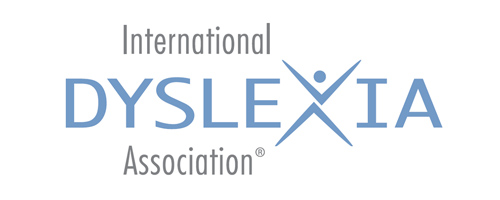Common Signs of Dyslexia
The common signs of dyslexia are categorized into different age groups below. Note that the characteristics listed are often associated with dyslexia if they are unexpected for the individual’s age, educational level or cognitive abilities. However, a qualified diagnostician should test the individual to determine if he or she is truly dyslexic.
- Pre-School Children
- K – 4th Grade Students
- 5th – 8th Grade Students
- High School and College Students
- Adults
Pre-Academic and Non-Academic Signs of Dyslexia
- The child or someone in his immediate family is ambidextrous or left-handed.
- The child confuses the concepts of right and left.
- The child is disorganized.
- The child lacks structure in his approach to a task.
- The child has a poor concept of time.
- The child has a difficult time sequencing tasks.
- There is a high incidence of auto-immune disease in the child’s family, such as thyroid and skin conditions, asthma, allergies, and migraines.
- The child has difficulty pronouncing words (aminal for animal).
- The child has a slow and unusual development of language.
- The child has difficulty rhyming words, and remembering the words to songs.
Academic Signs
- Inductive reading approaches (whole language) are not successful.
- The child reads below his grade level.
- The child makes many errors in oral reading.
- The child makes many spelling errors.
- Spelling errors occur frequently even when copying.
- The child makes many reversals (b/d, u/n, p/q), omissions, additions, and substitutions.
- The child transposes letters and words (was/saw, on/no) (auction/caution, soiled/solid,).
- The child has difficulty remembering the sequence of the alphabet, months of the year, number patterns, etc.).
- The child may have poor handwriting.
- The child has difficulty with word retrieval (finding the word he wants to say).
- The child confuses small words (of, for, from).
- The child has difficulty blending sounds together to make words, breaking words in to component sounds, manipulating sounds in words.
- The child has difficulty learning a foreign language.
- The child repeats words, phrases, or lines when reading.
- The child’s comprehension improves when the story is read aloud by an adult.
Sources
- Basic Facts about Dyslexia: What Every Layperson Ought to Know – © Copyright 1993, 2nd ed. 1998. The International Dyslexia Association, Baltimore, MD.
- Learning Disabilities: Information, Strategies, Resources – © Copyright 2000. Coordinated Campaign for Learning Disabilities, a collaboration of leading U.S. non-profit learning disabilities organizations. Used with permission.
Share this page with your friends…






